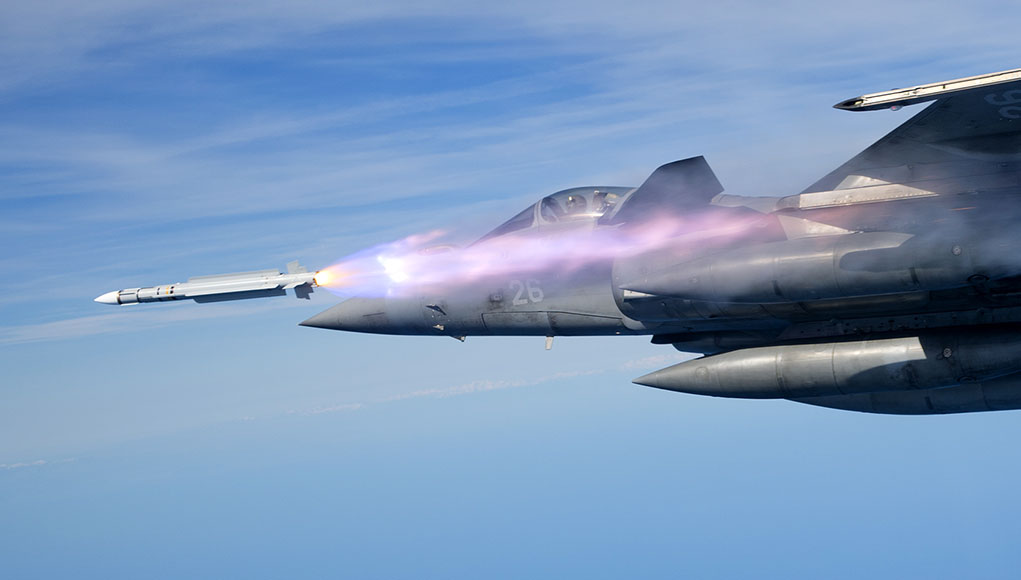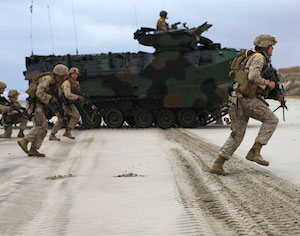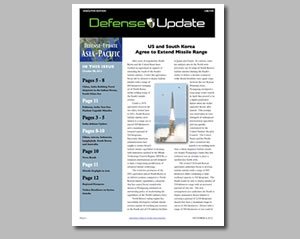Russian Airborne Forces to Receive Austrian Sniper Rifles

December 8, 2011: While Russian sniper rifles are well known for their accuracy and firepower, the airborne forces have taken an initial delivery of 30 Austrian-manufactured sniper rifles. The Novosti news agency assume these are the 7.62mm Steyr-Mannlicher SSG-69 rifles that have been adopted for service with Russia’s Airborne Forces special task units, Defense Ministry spokesman Col. Alexander Kucherenko said on Friday. These are the first foreign made rifles to be officially used by this branch of service. (Novosti)
Russian Military Spending to top $30 Billion in 2012
December 7, 2011: Russia plans a 17% increase in arms procurement next year, spending over 1 trillion rubles (US$30 billion) in 2012. According to Deputy Prime Minister Sergei Ivanov Russia will further increase spending over the next three years, reaching a total of 4 trillion rubles earmarked for military procurement by 2015.
IRKUT to Deliver 55 YAK-130 Trainers to the Russian Air Force
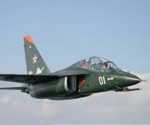
December 7, 2011:The Russian Ministry of defense awarded aircraft manufacturer IRKUT a production contract for supplying Yak-130 advanced trainers to the Russian Air Force. Under the contract, IRKUT Corporation will supply 55 Yak-130 aircraft to the Russian Air Force by 2015. The company was expecting orders for 65 aircraft. The new trainer is considered instrumental for the development of pilot skills for modern (4.5 – 5 generation) fighters including Su-30 and T-50.
Beriev Aircraft Company completes major overhaul of Indian Tu-142ME long haul ASW aircraft
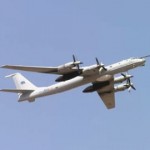
December 5, 2011: Beriev Aircraft Company in Russia completed the overhaul and modernization of the first Indian Tupolev Tu-142ME long range anti-submarine warfare (ASW) aircraft. Eight aircraft were delivered to the Indian Navy in the late 1980s and are expected to remain in service until at least 2020, to be supported by Maintenance, Repair and Overhaul (MRO) services from Beriev.
Russian Navy to Add a Second Missile Cruiser after 2012
December 3, 2011: Russia plans to reactivate the mothballed missile cruiser Admiral Nakhimov (formerly the Kalinin) Kirov class nuclear powered missile cruiser. Beginning in 2012, the cruiser’s original SS-N-19 Shipwreck missiles will be replaced with modern P-800 Yakhont and new air defense missiles, based on the S-400 weapon system as well as a new point defense system.
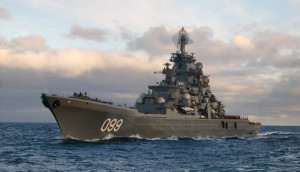
The cruiser was commissioned in 1988 and mothballed in 1999, docked at the Sevmash shipyard. The vessel has been undergoing repairs since 2005. Russia built four Kirov class nuclear-powered cruisers in 1974-1998. The Pyotr Veliky is still in active service as the flagship of the Northern Fleet. The other cruisers are Admiral Nakhimov, Admiral Lazarev and Admiral Ushakov. While all four were considered for reactivation by the year 2020, at present only the Admiral Nakhimov is undergoing the necessary upgrades.
Sevmash shipyard Expects New Orders for Seven Nuclear Submarines
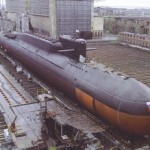
December 3, 2011: 2012 seems to be a year of change for the Sevmash shipyard in Severodvinsk, Russia. With the expected completion of some programs, the shipyard is awaiting seven new orders from the Russian Ministry of Defense, for the construction of five Graney M class nuclear powered attack submarines and two Borey A class ballistic missile submarines carrying the RSM-56 Bulava submarine launched ballistic missile.
Almaz-Antey Expand Production Facility to Meet Demand for S-500
While the induction of S-500 air defense missiles is delayed, developer Almaz-Antey concern is set to open two production facilities to prepare for full scale production in 30 months, Chief of the General Staff Gen. Nikolai Makarov said. The new missile will extend the defensive range beyond the current S-400 and S-300, reaching up to 600km and engaging up to 10 targets simultaneously, including ‘ballistic and hypersonic cruise missiles’. The Russian air defense forces plan to field at least ten S-500 battalions. First deliveries are likely to begin in 2017, while prototypes could be ready by 2015, the Russian Izvestia daily newspaper said.
BrahMos Successful in a Test in the Baltic Sea
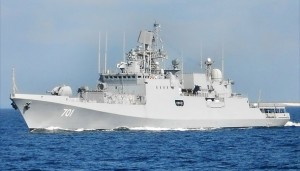
November 30, 2011: The BrahMos ship launched supersonic missile was tested successfully today in the Baltic Sea, fired from the Indian Navy Ship (INS) Teg, the first of three new 4,000 ton Project 11356 Talwar class frigates built for the Indian Navy by the Yantar shipyard in Kaliningrad. INS Teg, along with sister ship INS Tarkash, are scheduled for delivery to the Indian navy by April 2012 with the sixth Talwar class frigate Trikand to follow in early 2013. The BrahMos missile replaces the 3M-54E Klub-N anti-ship missiles carried by the first three ships of this class. The new frigates will also be equipped with a 100-mm gun, a Shtil air defense system, two Kashtan air defense gun/missile systems, two twin 533-mm torpedo tubes, and an anti-submarine warfare helicopter.
Russia Taps German Expertise to Train Brigade Combat Teams
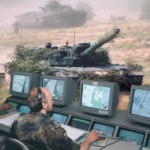
November 24, 2011: The German Rheinmetall group will establish a large military training center in Mulino, in the Volga region in Russia, under a cooperation with the local company JSCo Oboronservis. The Russian partner will serve as general contractor and subsequently operate the facility on behalf of the Russian armed forces.
The center is expected to become operational in 2014, and will be able to train 30,000 troops a year. integrate simulative and live training. Combining real exercises with virtual training can save significant operating costs while improving training realism and quality. The Russian military expects the new training centre to pay for itself within the space of a few years.
The new facility will be modeled after a similar facility known as ‘Bundeswehr’s Gefechtsübungszentrum Heer’, or GÜZ Rheinmetall established for the German Army in 2001. In 2009 the company received a contract to construct a similar training center for an export customer in the Middle East.
For the Rheinmetall Group, this EUR 100 million contract represents a strategic move into the Russian market. The company expects more opportunities to unfold as the Russian military continue its modernization.


